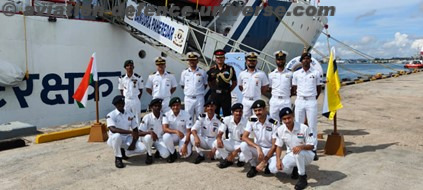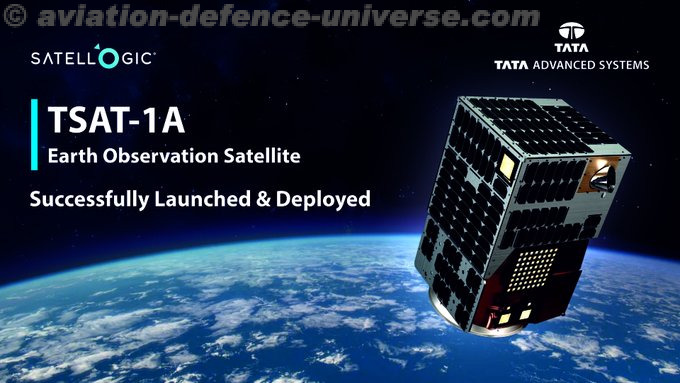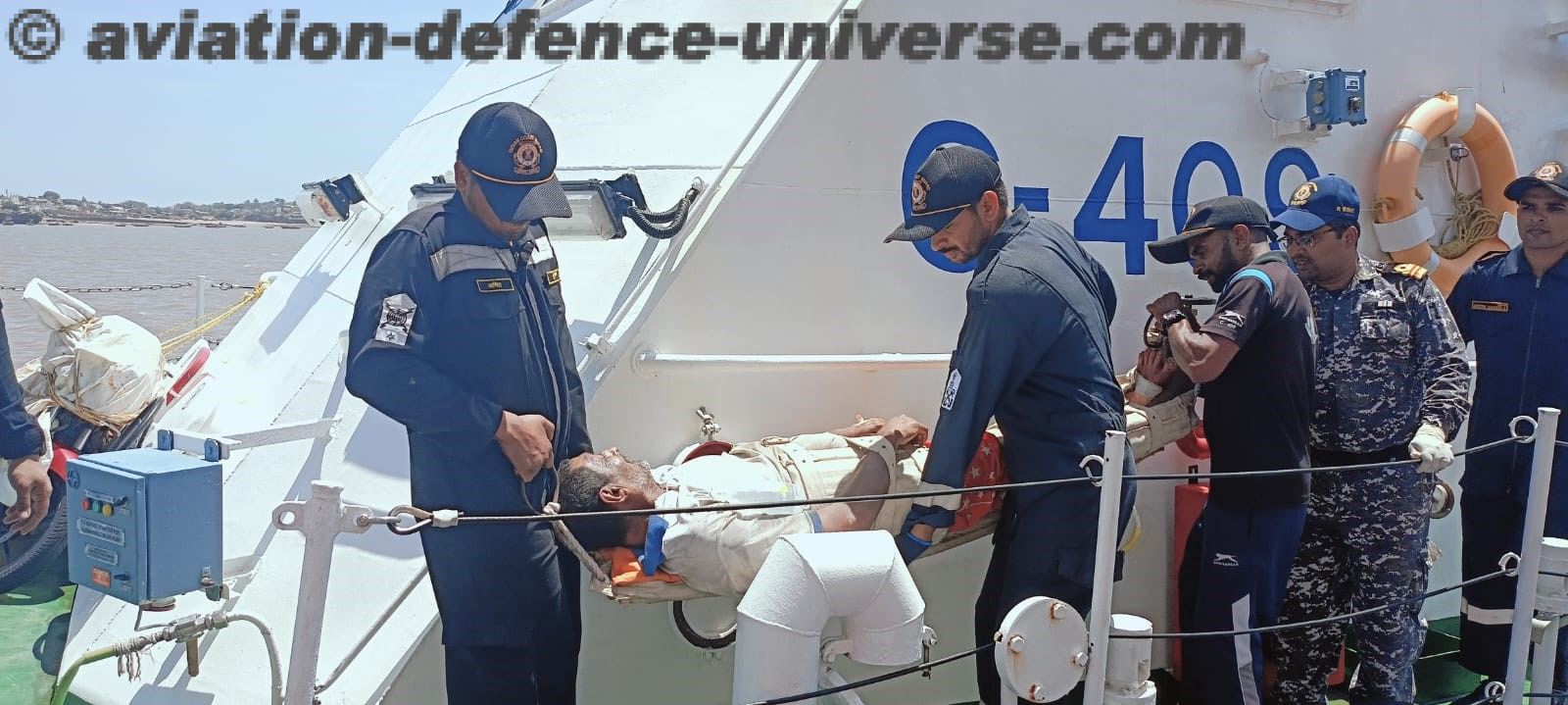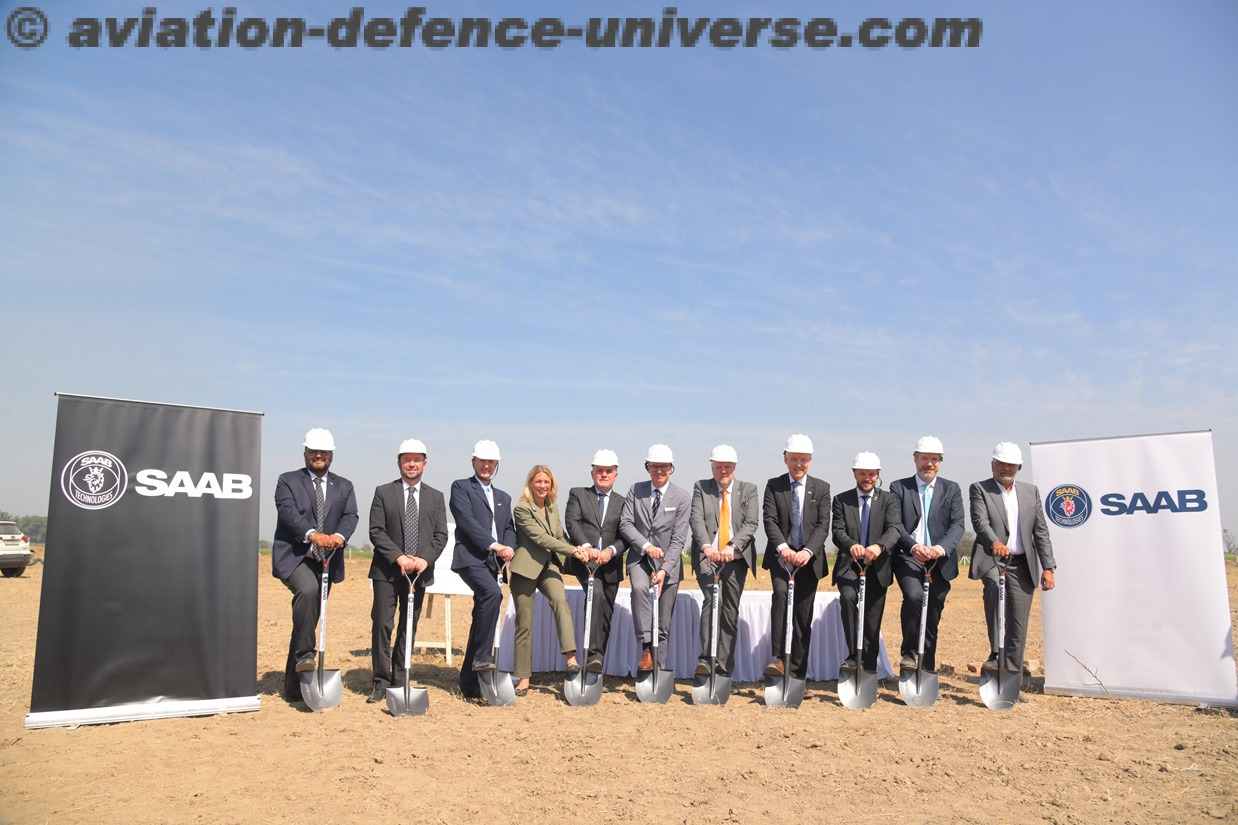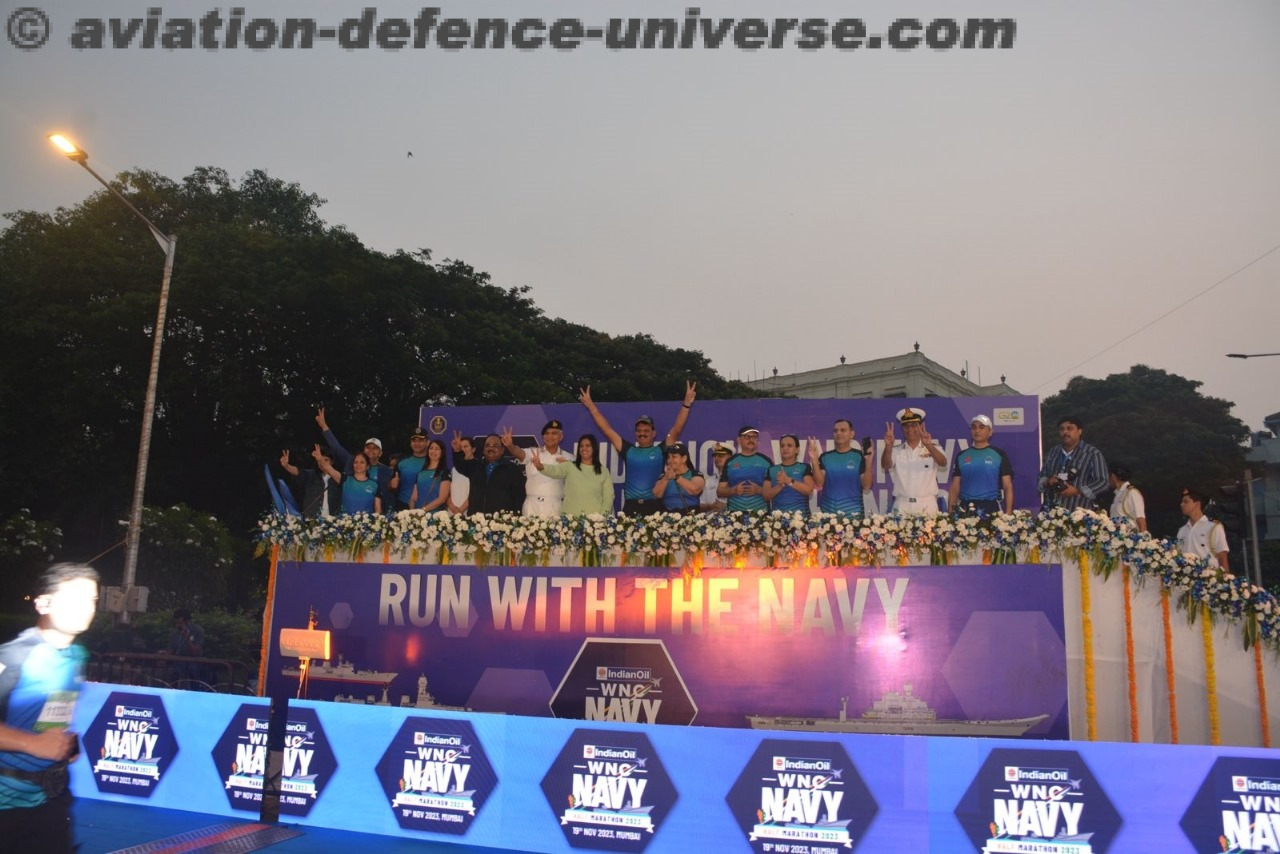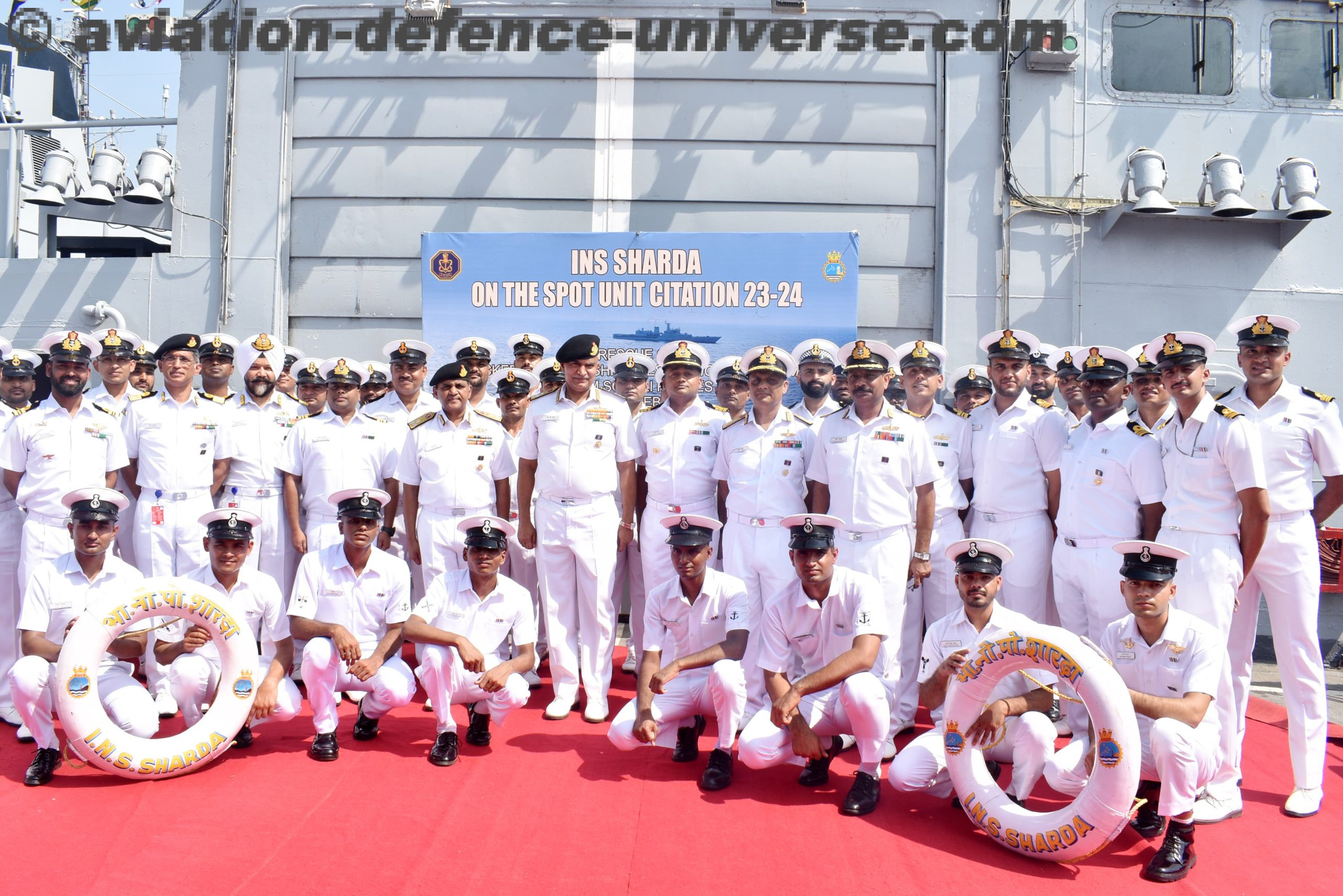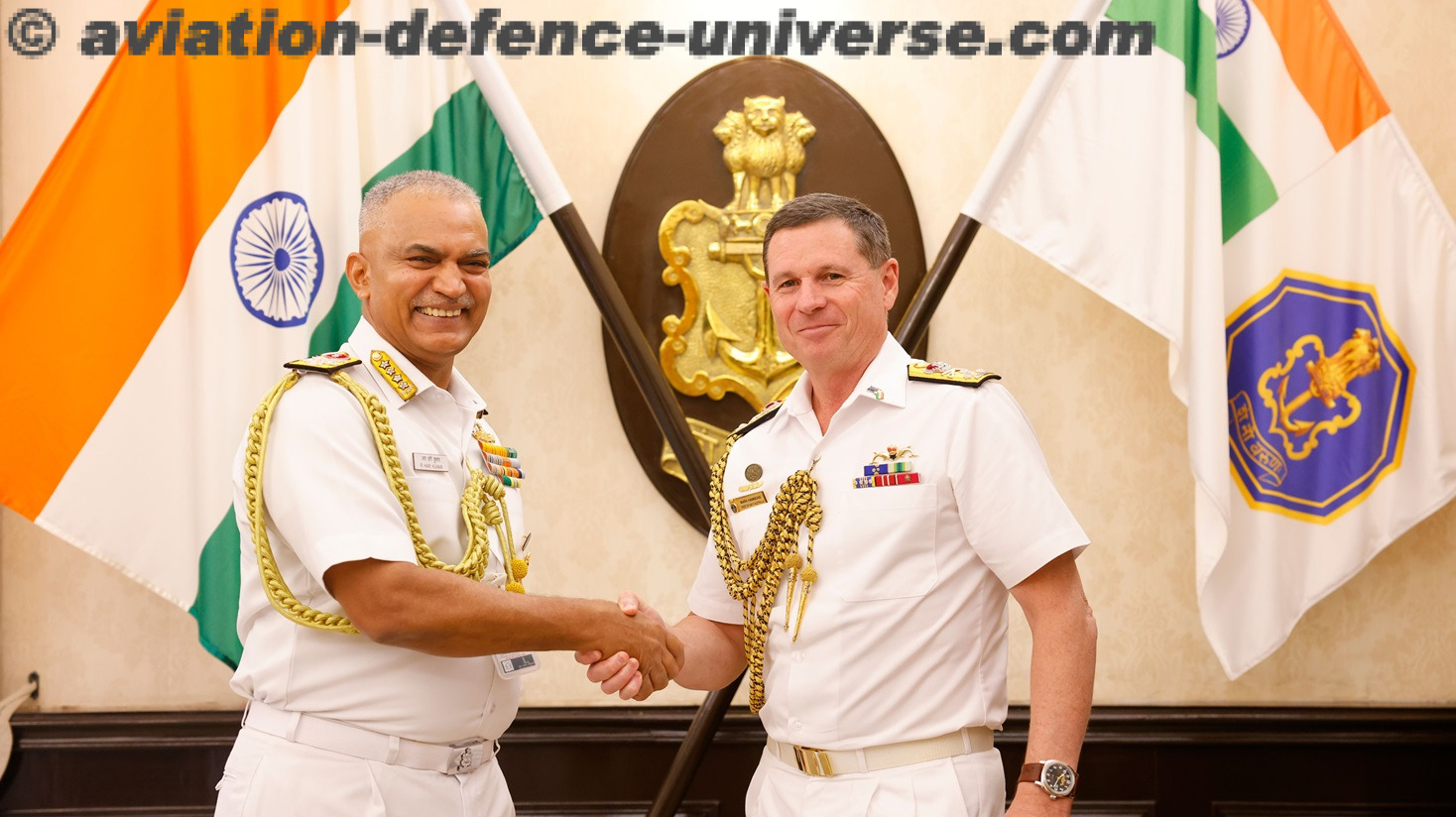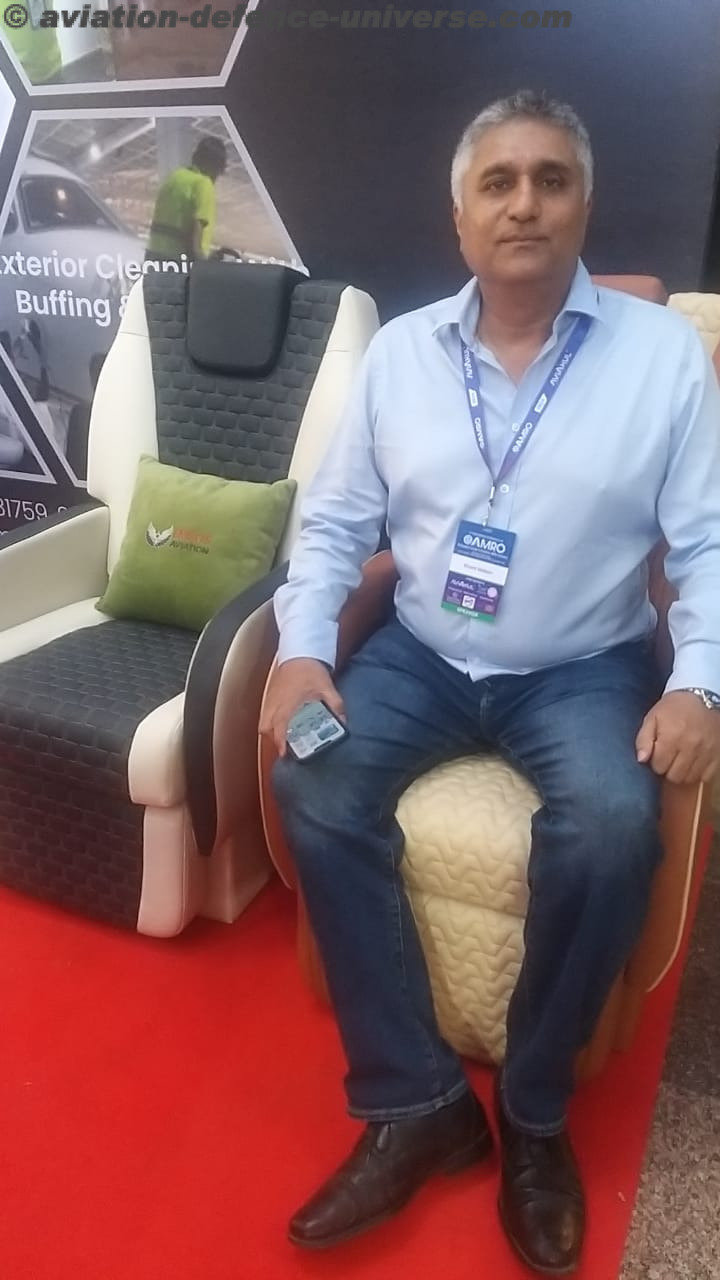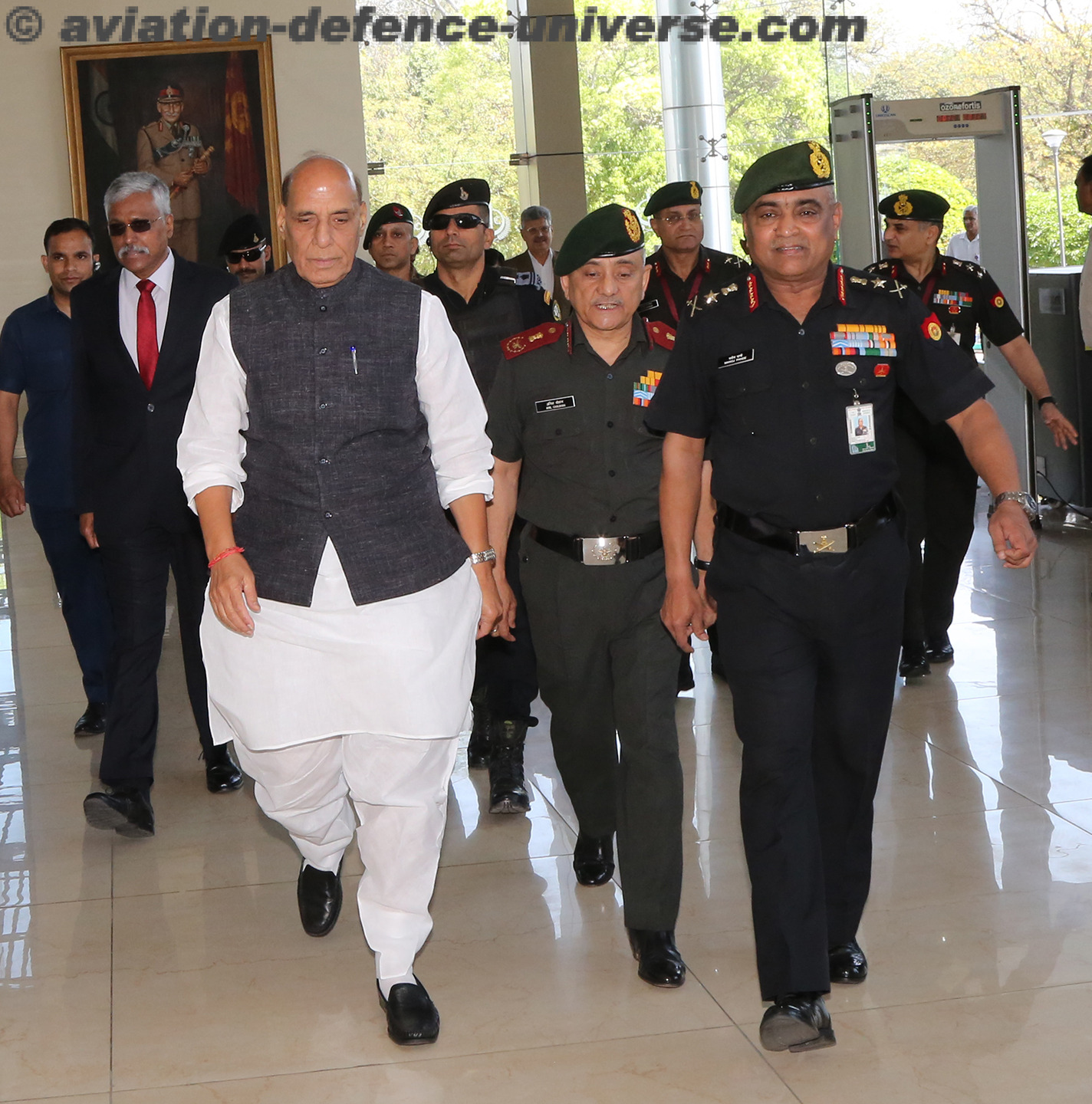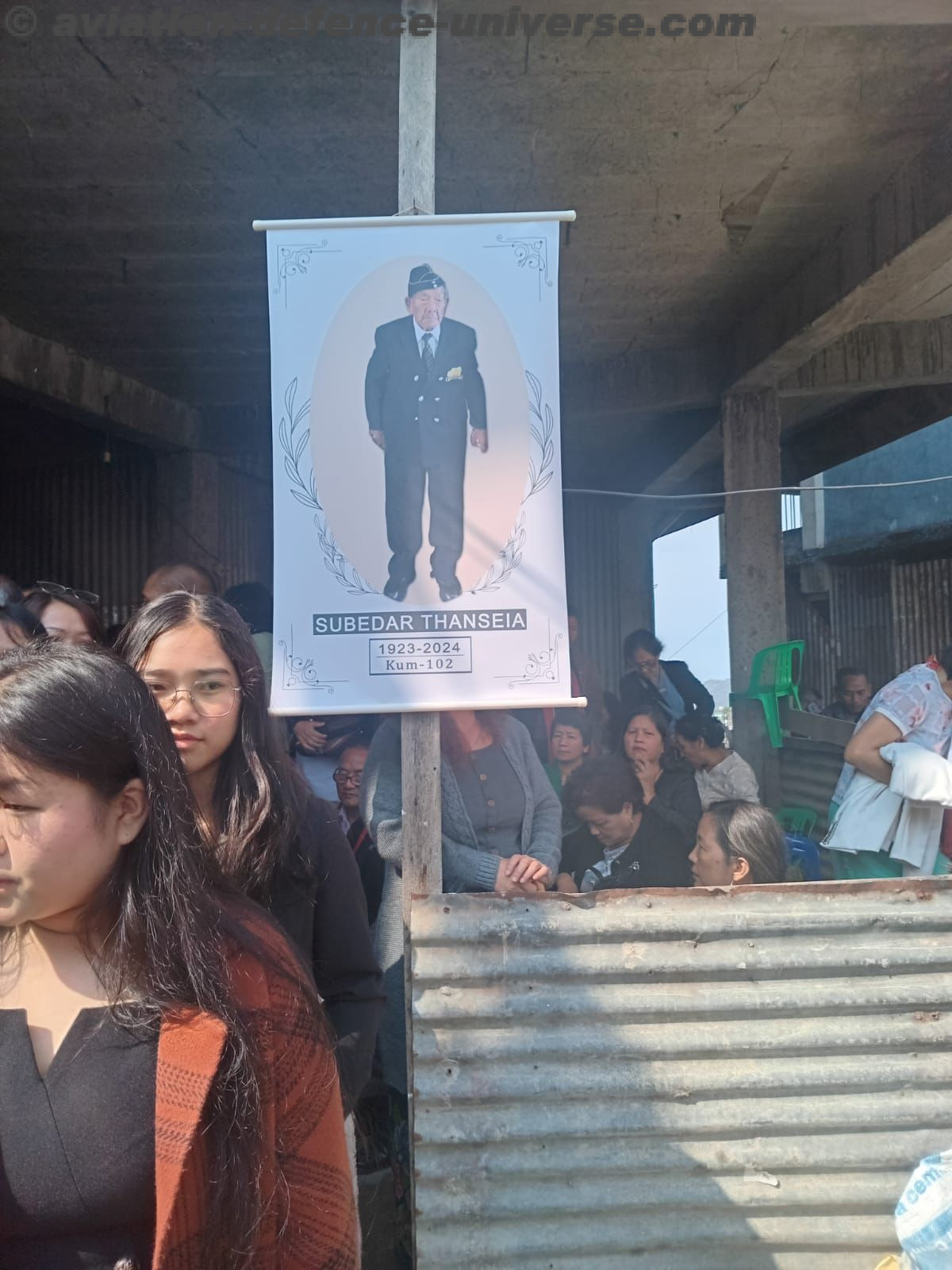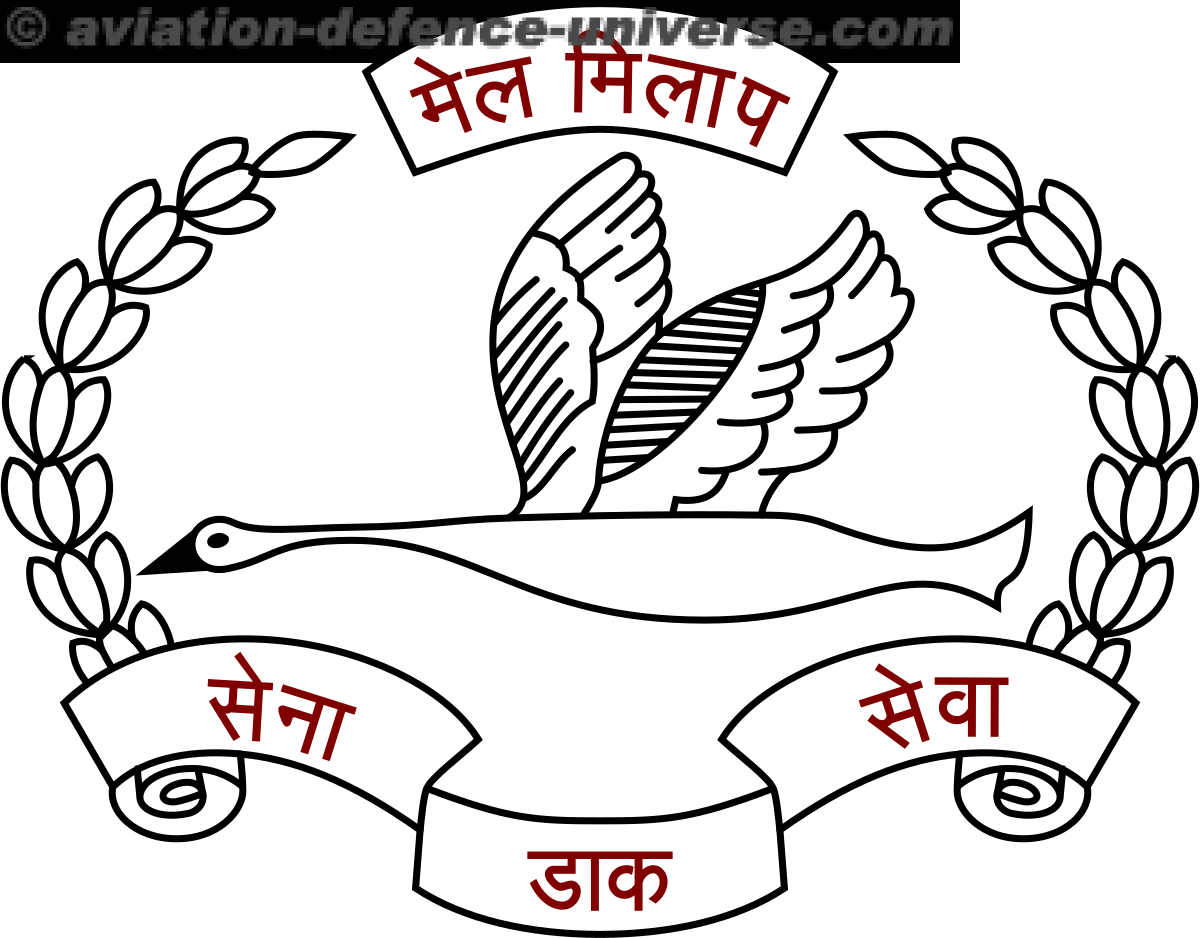
New Delhi. 15 December, 2015. Prime Minister, Narendra Modi, chaired the Combined Commanders Conference on board INS Vikramaditya at Sea, off the coast of Kochi. This is the first time that the Combined Commanders Conference has been held on board an aircraft carrier.
The Prime Minister inspected a Tri-services Guard of Honour at INS Garuda at Kochi, before arriving on board INS Vikramaditya, where he was received by the three Service Chiefs. After the Conference, the Prime Minister witnessed an operational demonstration of India’s naval and maritime air capabilities. The operational demonstration included take-offs and landings of naval fighter aircraft from INS Vikramaditya, missile firing from a warship, flypast of helicopters and fighter aircraft, marine commando operations, and steam-past of warships, including INS Virat. The Prime Minister interacted with soldiers, sailors and airmen on board INS Vikramaditya.
“The Indian Armed Forces have always been known not just for the power they represent, but by the maturity and responsibility with which they wield it. They defend our seas and protect our borders. They keep our nation secure and our citizens safe. And, in calamity and conflicts, they do more than just bring relief and hope to our people. They lift the spirit of the nation and win the trust of the world,” he said.
He added, “I know how an officer, in the prime of his youth, feels when he does not make the next grade, not because he was not outstanding or was less deserving, but because the room above was small. So, to honour your service and uphold your welfare will always be our solemn duty. For this reason, we have moved with speed to implement the One Rank One Pension promise that had remained unfulfilled for decades. We will also improve skills and opportunities for our ex-servicemen, so that when they leave the Service, they can still serve the nation with pride and dignity.”

Excerpts from the PM’s address at the conference
We see terrorism and ceasefire violations; reckless nuclear build up and threats; border transgressions; and, continuing military modernization and expansion. The shadow of West Asian instability is becoming longer. Beyond that, our region is marked by uncertain political transitions, weak institutions and internal conflicts. And, major powers have also increased their engagement in our land and maritime neighbourhood. From Maldives and Sri Lanka in the seas to Nepal and Bhutan in the mountains, we are working to safeguard our interests and our relationships. The Land Boundary Agreement has boosted our growing relationship and security cooperation with Bangladesh. We are engaging Pakistan to try and turn the course of history, bring an end to terrorism, build peaceful relations, advance cooperation and promote stability and prosperity in our region. There are many challenges and barriers on the path. But, the effort is worth it, because the peace dividends are huge and the future of our children is at stake.
So, we will test their intentions to define the path ahead. For this, we have started a new NSA-level dialogue to bring security experts face to face with each other. But, we will never drop our guard on security and we will continue to judge progress on their commitments on terrorism. We remain committed to help the great Afghan people build a united, peaceful, prosperous and democratic nation. We are also pursuing closer relations with China to harness the full potential of our economic partnership. We will aim to address outstanding issues, maintain stability on the border, and develop greater mutual understanding and trust in our overlapping neighbourhood. I believe that India and China can engage constructively across the complexity of their relationship as two self-assured and confident nations, aware of their interests and responsibilities.
We will continue to strengthen our defence capabilities and infrastructure, engage our neighbours more closely and strengthen our regional and global partnerships, including in maritime security. Our responsibilities are no longer confined to our borders and coastlines. They extend to our interests and citizens, spread across a world of widespread and unpredictable risks.
We know that old rivalries can play out in new theatres such as space and cyber. And, new technologies offer us new ways to be more effective against both traditional and new challenges.India is confident that our defence forces are prepared to deter and defeat any misadventure. Our strategic deterrence is robust and reliable, in accordance with our nuclear doctrine, and our political will is clear.
We have speeded up the process of defence procurements. We have approved many long pending acquisitions. We are taking firm steps to address shortages and cater for replacements. We are advancing the pace of expansion of border infrastructure and improve the mobility of our forces and equipment. This includes the strategic railways to the border region. We are transforming defence manufacturing in India through radically new policies and initiatives. Our public sector is gearing up to the challenge. The private sector has responded with great enthusiasm. And, foreign defence companies are coming here with ambitious new proposals for Make in India, from fighter jets and helicopters to transport aircraft and UAVs; from avionics to advanced material.
We can never call ourselves a secure nation and a strong military power unless we develop domestic capabilities. This will also reduce capital costs and inventories. In addition, it will be a huge catalyst for industry, employment and economic growth in India. We will soon reform our procurement policies and process. And, our offsets policy will become a strategic tool for improving our capabilities in defence technologies. Defence technology will now be a national endeavour that taps the potential of all institutions in our country.
Armed Forces will be crucial to the success of Make in India Mission. I am encouraged by your localization plans, especially in the capital intensive Navy and Air Force. We want to see clear targets and goals on domestic acquisition; more clarity on specifications; and, greater involvement of our forces in innovation, design and development, especially from those who wield the weapons in the field.
Above all, we look to our Armed Forces to prepare for the future. And, it cannot be achieved by doing more of the same, or preparing perspective plans based on outdated doctrines and disconnected from financial realities. In the course of the past year, I have seen progress, but I also feel that our forces and our government need to do more to reform their beliefs, doctrines, objectives and strategies. We must define our aims and our instruments for the changing world. At a time when major powers are reducing their forces and rely more on technology, we are still constantly seeking to expand the size of our forces.
Modernisation and expansion of forces at the same time is a difficult and unnecessary goal. We need forces that are agile, mobile and driven by technology, not just human valour. We need capabilities to win swift wars, for we will not have the luxury of long drawn battles. We must re-examine our assumptions that keep massive funds locked up in inventories.
As our security horizons and responsibilities extend beyond our shores and borders, we must prepare our forces for range and mobility. We must fully incorporate the power of digital networks and space assets into our capabilities. Equally, we must be prepared to defend them, for they will be the first targets of our adversaries. And, networks must be seamless and integrated across agencies and forces, and are precise, clear and quick in response.
We have been slow to reform the structures of our Armed Forces. We should shorten the tooth-to-tail ratio. And, we should promote jointness across every level of our Armed Forces. We wear different colours, but we serve the same cause and bear the same flag. Jointness at the top is a need that is long overdue. Senior military leaders must have experience of tri-service commands, experience in technology-driven environment and exposure to the full spectrum of challenges – from terrorism to strategic.
We need military commanders who not only lead brilliantly in the field, but are also thought leaders who guide our forces and security systems into the future. We should learn from the experience of the others, but we must frame our systems and commands on our own genius. Our National Defence University will be a reality soon. We also need reforms in senior defence management. It is sad that many defence reform measures proposed in the past have not been implemented. This is an area of priority for me. We must also have a comprehensive strategy for external defence engagement, to develop our capabilities and fulfill our responsibilities to advance peace and stability, including in our extended maritime region.
We have kept peace in the blue helmet of the UN. And, our forces can be messengers of peace and hope, for example, by taking medical ships to remote island nations, and building relations with other militaries.







